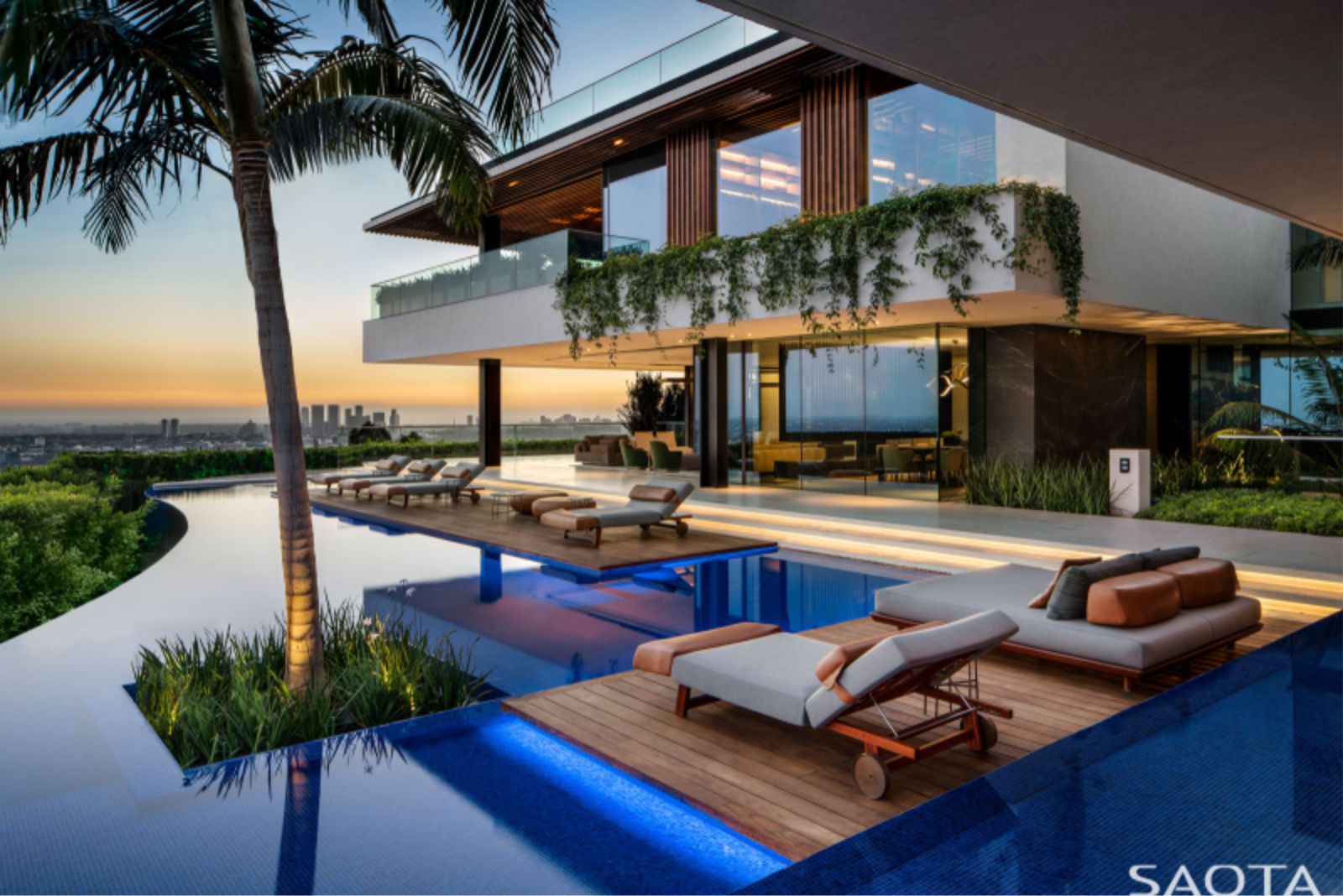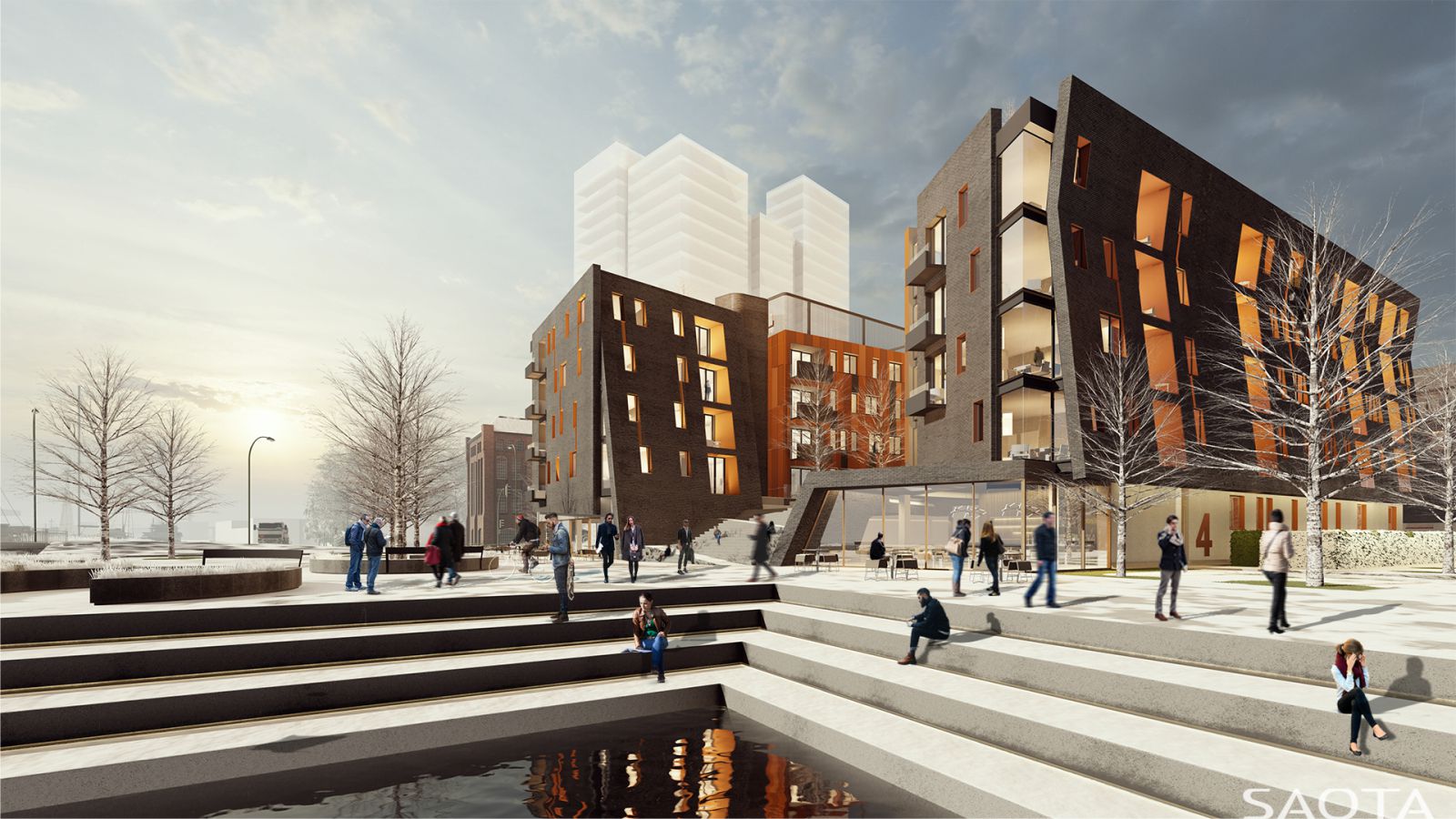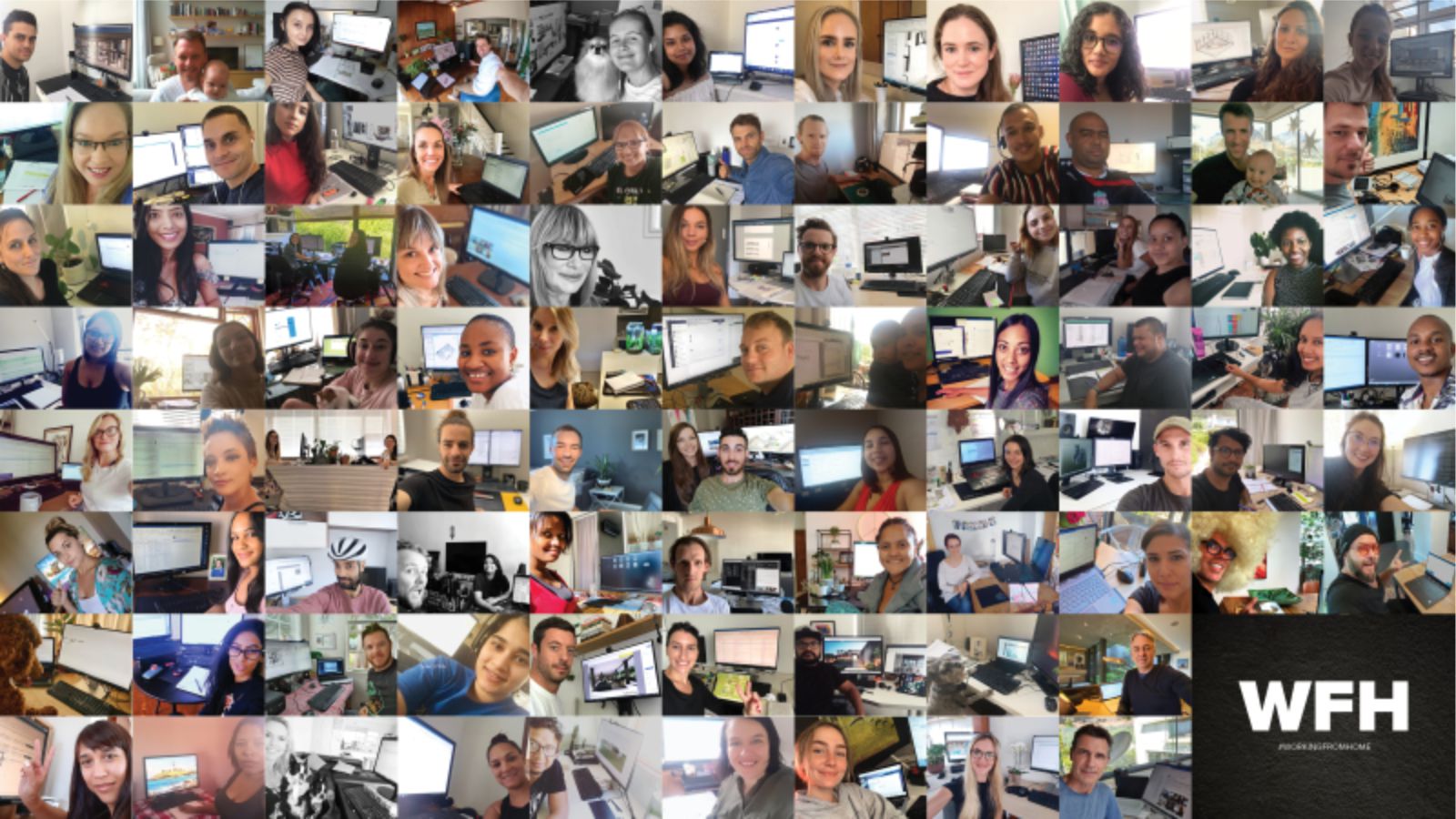Industry leading architecture firm SAOTA took immediate and decisive action in its response to the COVID-19 outbreak. Early last week, the Cape Town based studio closed its offices and successfully migrated its 211-member team to a fully operational working from home (“WFH”) model.
With projects in multiple cities across the globe, most of the work is already remote which ensures a high level of business continuity. Here are some key insights from a design practice accustomed to working remotely:
Migrating to WFH
SAOTA has worked on projects in 86 countries across six continents. In times of crisis, a global operation of this scale could face risks, but with most work already remote, the studio has the required systems and tools in place to maintain a high level of business as usual, with meetings, communication and projects continuing as planned.
“We are established in key cities such as Sydney, Lagos, Los Angeles, Dubai, Geneva, Moscow, St Tropez and more recently Sao Paulo and Shenzhen. This means the majority of our work is remote and we have clients in different time-zones, so the transition was quick. We have been operating virtually for years which is a large benefit,” says SAOTA Director Greg Truen.
Technology and Software
SAOTA is using cloud collaboration for file sharing and conferencing, as well as cloud resource and project management. Cloud resource management is great for mapping out content and ideas and to ensure all team members understand the different stages projects are in.
With world-class communication tools in place, the digital workflow has grown even stronger and disruptions are minimal. VPN is used for data access and a remote, virtual reception and switchboard has been implemented. Another key cloud-base tool is BIM 360, a unified platform for connecting our project teams and data in real-time. SAOTA was operational as soon as employees were able to switch on their computers at home.
Virtual Reality
Another way SAOTA has addressed the WFH challenge, is by utilizing a virtual reality tool, LUX Walker, to ensure ongoing design innovation and uninterrupted client support and engagement. LUX Walker enables clients to walk through and explore proposed building spaces virtually. A unique characteristic is that one can share the virtual space with multiple other guests or SAOTA designers, based either in the next room or continents apart.
LUX Walker was developed by Tenebris Lab, an architect lead and VR focussed technology company that SAOTA invested in. Virtual Reality, and specifically LUX Walker, has allowed SAOTA to bring its award-winning design capabilities to clients across the globe, all from the home base in Cape Town.
Communication
Digital technology is essential to continue to collaborate among peers and clients. As it is an uncertain time for a lot of people, it is key to check in with teams regularly and to keep communication channels open.
“The internal company events at the core of the SAOTA culture, can continue via video conferencing. One event being a longstanding tradition, Design Fridays – a platform for staff to present current projects and design inspiration to the entire studio – is something we are still able to do and a highlight in the staff calendar,” comments SAOTA Director Stefan Antoni. Source and images Courtesy of SAOTA.







